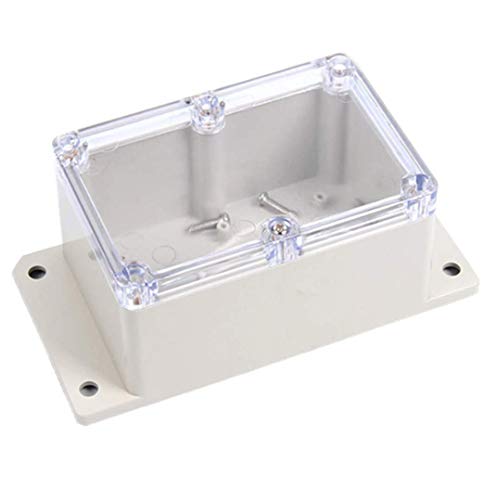I'm looking at fitting a new Consumer Unit and the earthing arrangements seems to be TN-C-S (PME) but there is also a Earth Rod connected to the MET.
The house is fed by overhead wire. It turns out that it was converted from TT to TN-C-S but the earth rod connection has been retained. I know I'll need to use the distributor's earth to get a Ze value, but should the earth rod be disconnected or could it be retained going forward?
Is there a case for saying it should be retained as if there was an overhead line fault that only affected the CPC, the house would still have protection via the earth rod?
The house is fed by overhead wire. It turns out that it was converted from TT to TN-C-S but the earth rod connection has been retained. I know I'll need to use the distributor's earth to get a Ze value, but should the earth rod be disconnected or could it be retained going forward?
Is there a case for saying it should be retained as if there was an overhead line fault that only affected the CPC, the house would still have protection via the earth rod?































































